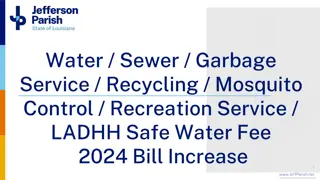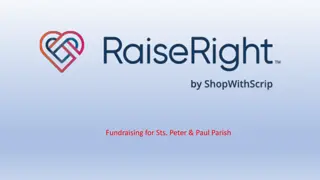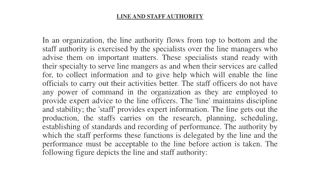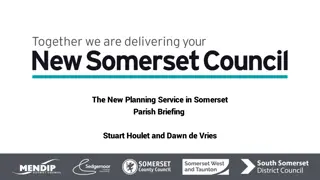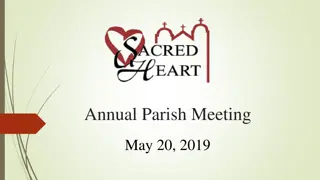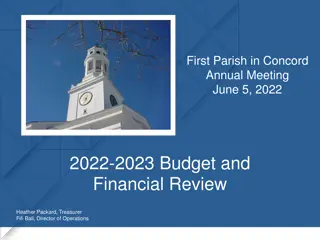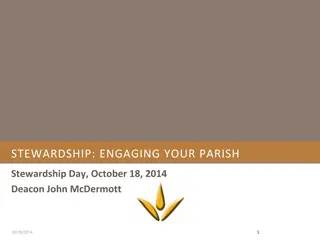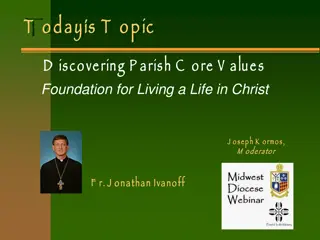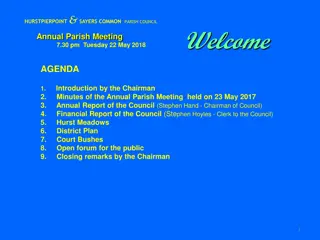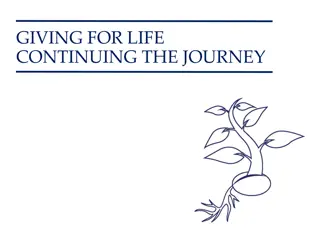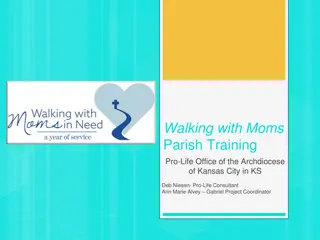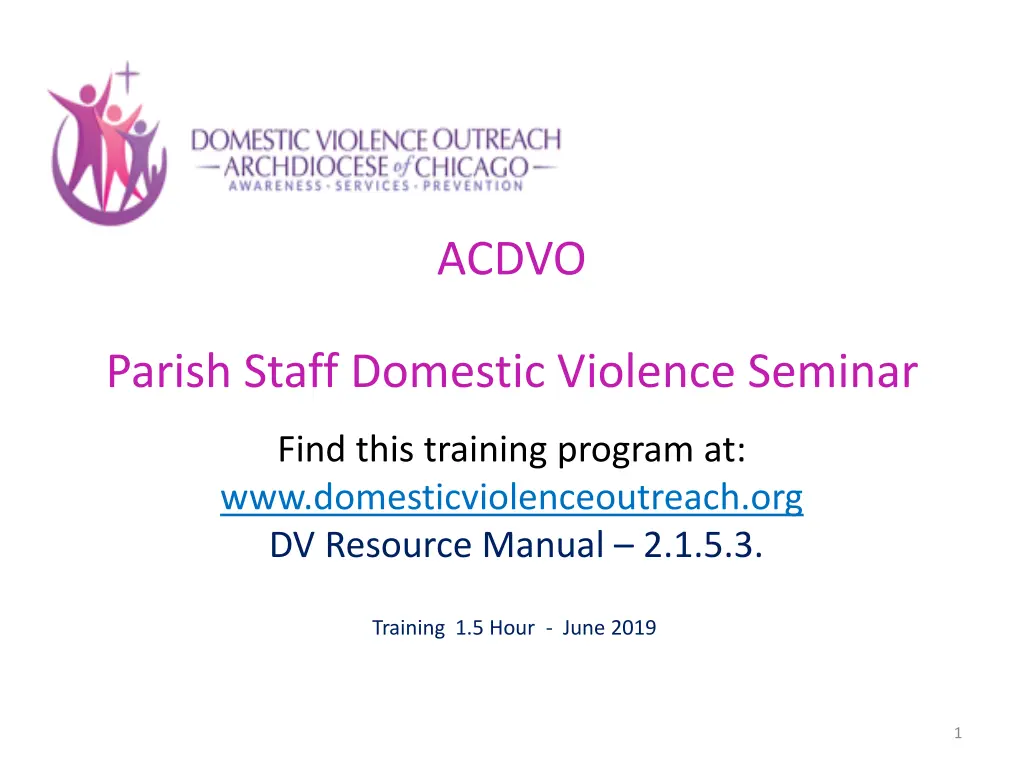
Understanding Domestic Violence: Training Program Highlights
Gain insights into a comprehensive domestic violence training program including introductions, mission, goals, and first-person accounts. Explore the dynamics, stories, and resources related to domestic violence awareness and prevention.
Download Presentation

Please find below an Image/Link to download the presentation.
The content on the website is provided AS IS for your information and personal use only. It may not be sold, licensed, or shared on other websites without obtaining consent from the author. If you encounter any issues during the download, it is possible that the publisher has removed the file from their server.
You are allowed to download the files provided on this website for personal or commercial use, subject to the condition that they are used lawfully. All files are the property of their respective owners.
The content on the website is provided AS IS for your information and personal use only. It may not be sold, licensed, or shared on other websites without obtaining consent from the author.
E N D
Presentation Transcript
Introductions ACDVO Parish Staff Domestic Violence Seminar Find this training program at: www.domesticviolenceoutreach.org DV Resource Manual 2.1.5.3. Training 1.5 Hour - June 2019 1
Introductions Introductions 2
Introductions Mission Awareness Services Prevention 3
Goals 1. Establish an emotional and intellectual basis for understanding and ministering to domestic violence victims and witnesses, and for dealing with abusers. 2. Recognize that prevention is a critical component of an effective domestic violence ministry. 3. Provide sound information, good reference materials, and useful resources. 4
Keep in Mind Both women and men are victims of domestic violence and dating violence. This presentation focuses on women as victims since approximately 85% of victims are women. Domestic violence and dating violence are never the victim s fault. 5
Keep in Mind Tips Try to absorb the major concepts of today s presentation. Don t worry about notes. We will email this presentation. Slides are jam packed with information. We will not read the slides to you. The material requires future study. 6
Agenda 1:00 Introductions, Mission, and Goals [10] 1:10 Leslie's Story: Crazy Love [20] 1:30 Domestic Violence (DV) Dynamics [15] 1:45 Nicci's Story: Teen Dating Violence [20] 2:05 U.S. Catholic Bishops on DV [10] 2:15 What Can Your Ministry Do? [10] 2:25 Evaluation [5] 7
First Person Accounts Leslie Morgan Steiner - Crazy Love 1 Questions to consider as you watch this video: What trapped Leslie? How did she remedy her problem? https://www.youtube.com/watch?v=V1yW5IsnSjo 8
Definition Domestic violence: is a pattern of abuse used to exert power and control over another person. 9
What Causes Domestic Violence? Domestic violence appears to be learned behavior, but not exclusively learned behavior. Family, community, and culture are teachers. DV is rooted in the abuser s decision to use power and control. Domestic Violence Abuse Intervention Programs, Wheel Gallery. See next slide.4 10
Power and Control Methods Using Intimidation Using Emotional Abuse Using Isolation Minimizing, Denying, and Blaming Using Children Using Male Privilege Using Economic Abuse Using Coercion and Threats 12
Types of Abuse and Dimensions The Centers for Disease Control and Prevention (CDC) defines four types of abuse. We add a fifth category. Physical Sexual Stalking Psychological &Economic National Intimate Partner and Sexual Violence Survey (NIVS), 2010, Centers for Disease Control and Prevention(CDC). The survey is comprised of 16,507 completed interviews, 9,086 women and 7,421 men.5 NISVS Data Brief -Updated Release, 2015. The survey is comprised of 10,081 completed interviews, 5,758 women and 4,323 men, 2018. 13
Types of Abuse and Dimensions Women: Contact Sexual Violence, Physical Violence, and/or Stalking by an Intimate Partner 2015 Study, Life-time Prevalence All variables: 36.4%, 43.6 million Contact Sexual: 18.3%, 21.9 million Physical: 30.6%, 36.6 million Stalking: 10.4%, 12.5 million IPV-Impact: 25.1%, 30.0 million 14
Types of Abuse and Dimensions Women: Psychological by an Intimate Partner 2015 Study, Life-time Prevalence All Psychological: 36.4%, 43.6 million Expressive aggression: 25.7%, 43.5.9 million Insult, humiliate Any coercive control: 30.6%, 30.8 million Financial, isolate, threaten 15
Demographics Women: Abuse by Rape, Physical Violence, and/or Stalking by an Intimate Partner 2010 Study, Life-time Prevalence Multiracial: 53.8%, or 0.7 million Am. Indian: 46.0%, or 0.4 million Black: 43.7%, or 6.4 million Hispanic: 37.1%, or 5.6 million White: 34.6%, or 28.1 million Asian: 19.6%, or 1.1 million 16
Myths and Facts Myth: Drugs, alcohol, stress, mental illness, unemployment, children, poverty, childhood trauma cause domestic violence Fact: Many factors are stressors, but are not the cause of DV. 17
Myths and Facts Myth: Children are unaware of the domestic violence in their homes. Fact: Children are frequently eyewitnesses to most occurrences of domestic violence in their homes. Fact: It is estimated that between 15 and 18 million children live in families were IPV occurred at least once during the previous year. *Rene McDonald et al., Estimating the Number of American Children Living in Partner-Violent Families, Journal of Family Psychology Vol. 20, No.1 (2006) 137 142. The estimate is based on 2001 United States census data.6 **Healthy Relationships Curriculum Initiative Concept Phase (2013) 49. See ACDVO website . The estimate is based on 2010 United States census data. 18
Victims Signs and Symptoms Isolation from family, friends, church Depression, passivity, anxiety, panic, drug use Health issues, bruises, eating and sleep disorders Excuses for partner Denial of seriousness of situation, minimization Withdrawal Poor job performance 20
Witnesses Children Signs and Symptoms Fear, anxiety, depression Develop slower Difficulty learning PTSD Post-traumatic stress syndrome Hyperactivity Withdrawal 21
Why Victims Stay Don t know it is domestic violence. Believe abuser will change Children Economic Denial Identity and status Fear Religious beliefs 22
Abusers Abusers are found in all: Races Sexual orientations Religions Neighborhoods Socioeconomic groups Ethnicities Educational levels Professions and walks of life 23
Interacting with Victims Validate victim s feelings. I believe you. You are not alone. I know it is very difficult. 24
Interacting with Victims Do Accompany the victim through steps the victim chooses: Calling shelters Visiting a police station Give the victim referral information and resources. 25
Interacting with Victims Do not: blame the victim. encourage dependence on you. minimize the danger. 26
Interacting with Victims Do not make a joint appointment for the victim and the abuser. This can be dangerous. 27
Interacting with Victims Do not recommend marriage counseling. encourage the victim to forget. give victim tips on how not to avoid antagonizing her abuser. 28
Interacting with Abusers Be clear with the abuser: Anger management and drinking issues, should be treated separately. Remorse is not the same as changing behavior. 29
Interacting with Children Children who live with domestic violence feel: Powerless. They can t stop the violence. Confused. It doesn t make sense. Angry. It shouldn't be happening. Guilty. They think they ve done something wrong. Sad. It s a loss. Afraid. They may be hurt, lose someone they love, or others may find out. Alone. They think it s happening only to them. ADVA (Against DV & Abuse), Devon County Council, UK10 quoted 30
Interacting with Children Children need to hear that DV: It is not your fault. It must be scary for you. I will listen to you. 31
Interacting with Children Kids need counseling. 32
Interaction Do No Harm! If you are not sure of a course of action, talk to a professional. 33
First Person Accounts Nicci s Story8: Teen Dating Violence Questions to consider as you watch this video: What makes an impression on you? Are there any similarities between Nicci and Leslie s stories? What action did Nicci take? https://www.youtube.com/watch?v=oyjIEZY-Wyo&t=2s 34
Unhealthy Relationship Traps I didn t know it was abuse. I thought I could fix it. I kept silent. Recognizing unhealthy relationships and knowing what action to take are critical. 35
Warning Signs Victims Isolation Loss of interest Loss of self-confidence 36
Warning Signs Abusers Threats and Insults Attempting to control appearance Constant attention and presence 37
STOP! Signs for Teens: Your partner 1. Physically abuses you one time. 2. Tries to isolate you from family and friends. 3. Attempts to destroy your self-esteem and self-confidence. 4. Tries to pressure you into doing things. You think you need to rescue or change your partner. .You can t. 38
What do you do if you are in an abusive relationship? Talk with parents or other trustworthy adult. Dating Violence: Love is Respect https://www.loveisrespect.org Call 1-866-331-9474 or Chat Text: loveis to 22522 Sexual Violence: RAINN (Rape, Abuse, Incest) https://www.rainn.org Call 1-800-656-4673 or Chat 39
When I Call for Help A Pastoral Response to Domestic Violence Against Women A Statement of the U.S. Catholic Bishops The following is quoted. U.S. Conference of Catholic Bishops9
The Bishops Position on Domestic Violence As pastors of the Catholic Church in the United States, we state as clearly and strongly as we can that violence against women , inside or outside the home, is never justified. USCCB, 2002-quoted including the following slides in this section. 41
The Bishops Position on Domestic Violence A correct reading of Scripture: leads to an understanding of the equal dignity of men and women and to relationships based on mutuality and love. 42
The Bishops Position on Domestic Violence Forgiveness does not mean forgetting the abuse or pretending it did not happen. Forgiveness is not permission to repeat the abuse. 43
The Bishops Position on Domestic Violence An abused woman's suffering is not punishment from God. This image of a harsh, cruel God runs contrary to the biblical image of a kind, merciful, loving God. 44
The Bishops Position on Domestic Violence Couples counseling is not appropriate and can endanger the victim s safety. 45
The Bishops Position on Domestic Violence No person is expected to stay in an abusive marriage. We encourage abused persons who have divorced to investigate the possibility of seeking an annulment. 46
What Can Your Ministry Do? Awareness Services Prevention ACDVO Website www.domesticviolenceoutreach.org 47
Awareness: Shines a Light Gives voice to victims silence. Provides hope. DV does not have to be a way of life. Educates abusers. Abuse is a crime and a sin. 48
Awareness: At Liturgies Liturgies reach victims, witnesses, abusers, and the parish community at the same time. This opportunity cannot be duplicated. USCCB9-adapted 49
Awareness: At Liturgies Just a simple and pastorally sound reference to domestic violence in a homily lets people know that it is okay to approach you about the matter for help. USCCB9-quoted 50


